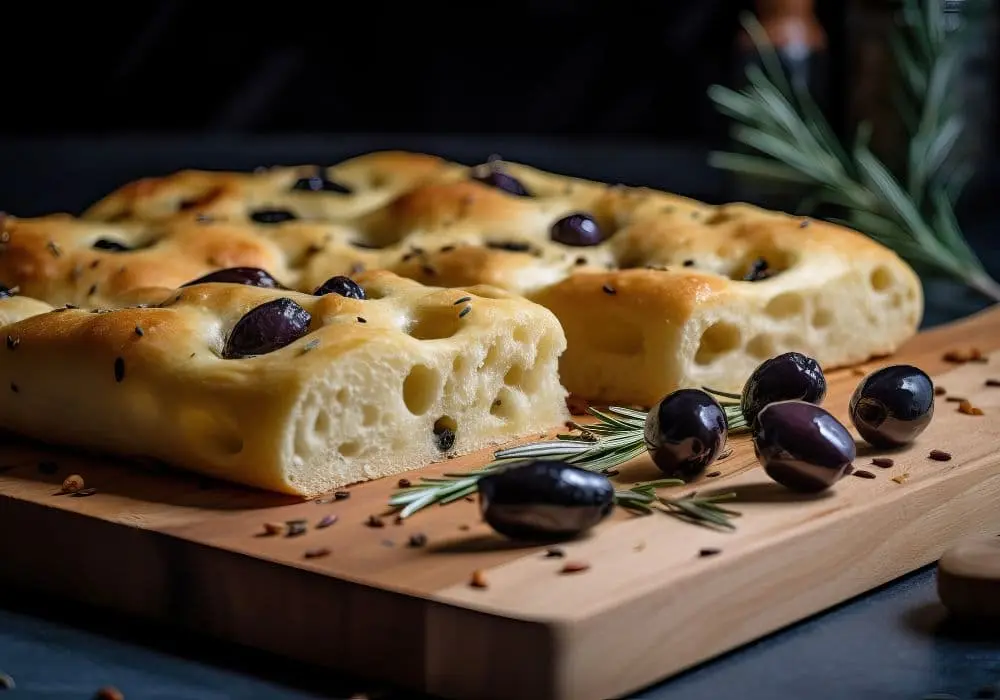The right flour for your flaky pie crust
Keeping that in mind, think of pie crust as the Goldilocks of the pastry realm when it comes to flour — not too much, not too little, but just the right amount in between. Cake flour sits at the lower end with only 10% protein, while bread flour ranks at the top with 12.7%. Although there are various options available, standard all-purpose flour is firmly positioned in the middle, containing 11.7% protein, which makes it an excellent choice for your pastry dough. However, not all all-purpose flours are the same, so if you have any doubts or questions, look for a bag that specifies the protein percentage on the label.
There are many common mistakes to avoid when making pie crust, such as adding a splash of alcohol to your recipe for added flakiness, or employing professional techniques to prevent a soggy bottom. By starting with a reliable recipe for your pie dough, you can avoid one of the most frequent complaints regarding crust texture.
Recommended

Border Vs Flood Icing: What's The Difference When Decorating Cookies?

Vanilla Caviar Is The Secret To Deeper, Richer Desserts (Without Any Fish Necessary)

An Expert's Advice To Help You To Tell When Your Focaccia Is Finished

The Best Substitutes For Baking Soda When You're Out Of Baking Powder Too
Next up

